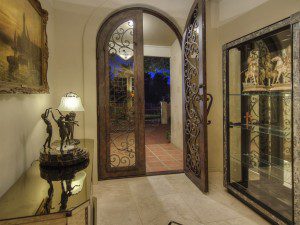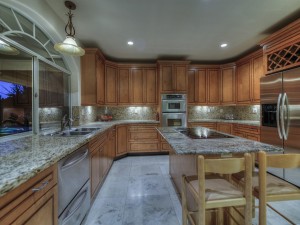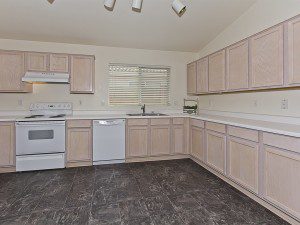 By Joe Szabo, Scottsdale Real Estate Team
If you’re like many people, you look online to find the best rate quotes when you first start shopping for a mortgage. Sometimes this can lead to selecting a lender who isn’t local to your area.
This is fine, as long as your lender is familiar with mortgage processes specific to your area. Keep the following local factors in mind to ensure a positive mortgage experience once you choose a lender.
By Joe Szabo, Scottsdale Real Estate Team
If you’re like many people, you look online to find the best rate quotes when you first start shopping for a mortgage. Sometimes this can lead to selecting a lender who isn’t local to your area.
This is fine, as long as your lender is familiar with mortgage processes specific to your area. Keep the following local factors in mind to ensure a positive mortgage experience once you choose a lender.
4 Local Factors That Impact Your Mortgage Process By Joe Szabo, Scottsdale Real Estate Team
 By Joe Szabo, Scottsdale Real Estate Team
If you’re like many people, you look online to find the best rate quotes when you first start shopping for a mortgage. Sometimes this can lead to selecting a lender who isn’t local to your area.
This is fine, as long as your lender is familiar with mortgage processes specific to your area. Keep the following local factors in mind to ensure a positive mortgage experience once you choose a lender.
By Joe Szabo, Scottsdale Real Estate Team
If you’re like many people, you look online to find the best rate quotes when you first start shopping for a mortgage. Sometimes this can lead to selecting a lender who isn’t local to your area.
This is fine, as long as your lender is familiar with mortgage processes specific to your area. Keep the following local factors in mind to ensure a positive mortgage experience once you choose a lender.

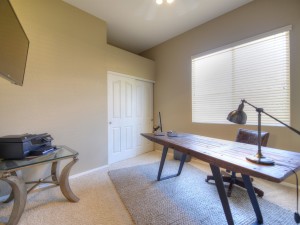
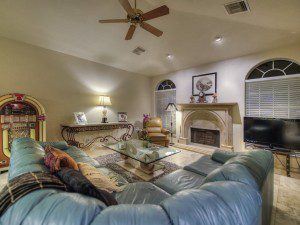

 cleaned and stored. Check hoses for cracks, holes or other faults, store propane tanks away from your home if you have a gas grill, don’t cover or put away your grill until it has cooled, rinse charcoal with cool water before disposing of it, and keep a fire extinguisher nearby. Don’t grill in an enclosed area.
While grownups man the grill, kids may choose to jump around on the trampoline. Nearly 105,000 children visited emergency rooms last year for injuries caused by trampolines, according to the Consumer Product Safety Commission.
To prevent injuries, don’t take shortcuts when assembling the trampoline. Furthermore, pad the bars, springs and the surrounding areas, and get the trampoline as close to ground level as possible to reduce potential impact if a jumper falls.
Always supervise trampoline use, and let your insurance provider know about this type of addition to your home. You need a fence around it for the same reason you need one around a swimming pool on your property.
cleaned and stored. Check hoses for cracks, holes or other faults, store propane tanks away from your home if you have a gas grill, don’t cover or put away your grill until it has cooled, rinse charcoal with cool water before disposing of it, and keep a fire extinguisher nearby. Don’t grill in an enclosed area.
While grownups man the grill, kids may choose to jump around on the trampoline. Nearly 105,000 children visited emergency rooms last year for injuries caused by trampolines, according to the Consumer Product Safety Commission.
To prevent injuries, don’t take shortcuts when assembling the trampoline. Furthermore, pad the bars, springs and the surrounding areas, and get the trampoline as close to ground level as possible to reduce potential impact if a jumper falls.
Always supervise trampoline use, and let your insurance provider know about this type of addition to your home. You need a fence around it for the same reason you need one around a swimming pool on your property.
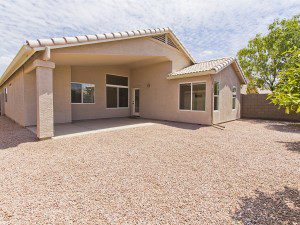
 For the most part, open houses are just that — open. They make it possible for anyone to see a property in a certain time period, without an appointment or even being a very serious buyer.
New buyers should leverage the open house opportunity to get a feel for the market. In today’s world, using online search tools, mobile apps and the open house, a buyer can start to get a feel for pricing and the market before committing to an agent. Most importantly, open houses are some of the best ways for buyer and agent relationships to start.
For the most part, open houses are just that — open. They make it possible for anyone to see a property in a certain time period, without an appointment or even being a very serious buyer.
New buyers should leverage the open house opportunity to get a feel for the market. In today’s world, using online search tools, mobile apps and the open house, a buyer can start to get a feel for pricing and the market before committing to an agent. Most importantly, open houses are some of the best ways for buyer and agent relationships to start.

